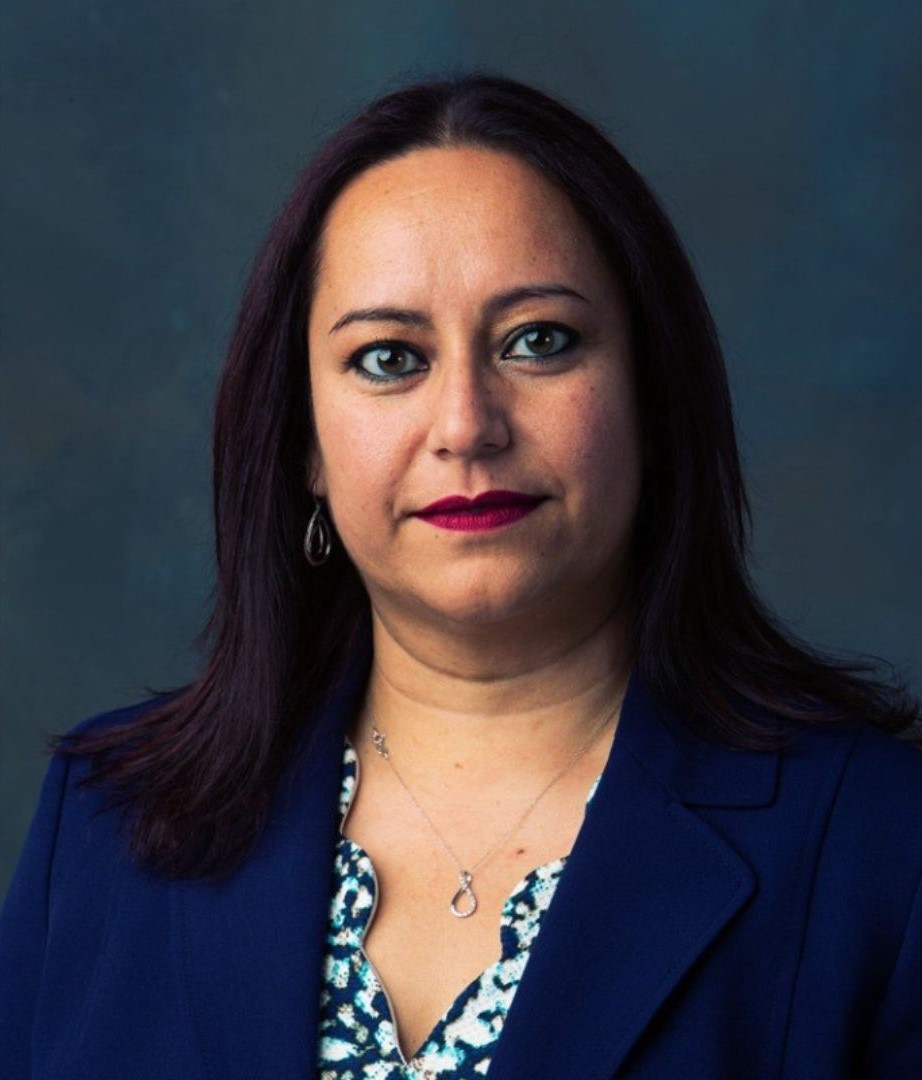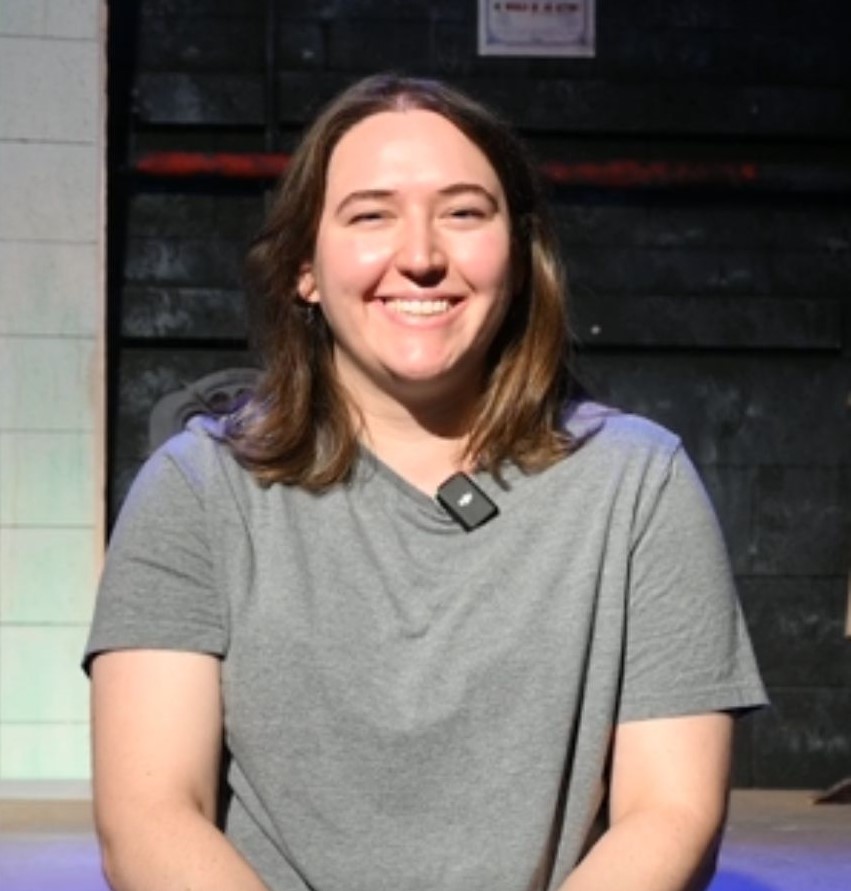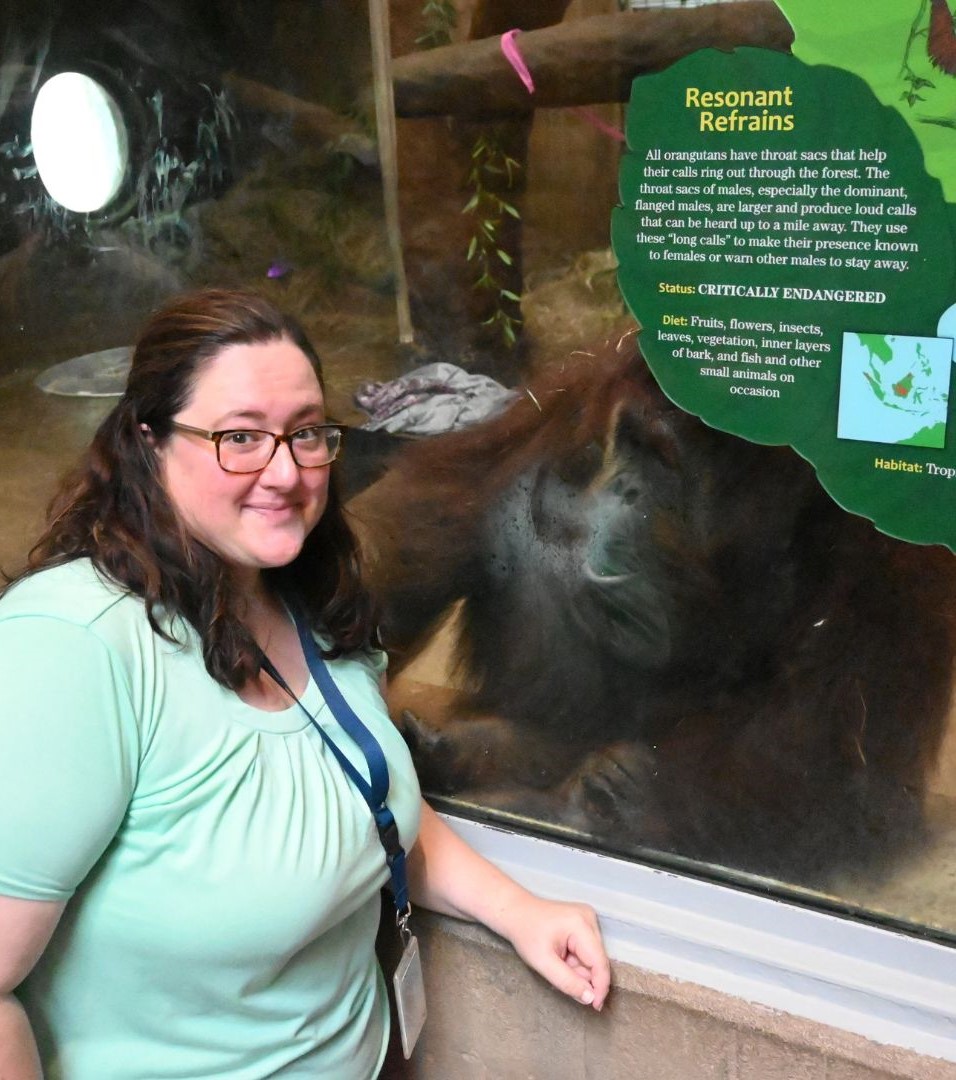At the Smithsonian National Zoo, visitors often hope for a close-up moment with the animals, but it’s never guaranteed. Unless, of course, you’re walking through the Ape House with Dr. Betsy Herrelko.
As curator of animal welfare and research, Herrelko has become a trusted and beloved presence to the animals she has cared for over the years. On a recent visit, Lucy, one of the orangutans, spotted her from across the enclosure and immediately sprang into action, swinging across ropes with excitement and landing right by the glass where Herrelko stood. It felt less like a zoo visit and more like watching old friends reunite.
Herrelko has spent the last 13 years building relationships like this one. “How can we help them live their best lives and thrive,” she says, describing the heart of her work. That means everything from cognitive enrichment projects to designing complex exhibits that mimic the animals’ natural habitats. She gives the apes toys, puzzles, and even video games.
Bonnie, another orangutan, is a standout example. She’s trained to use a touchscreen and can play video games—tools that help researchers like Herrelko understand how she sees and thinks about the world.
Herrelko’s journey of working with animals began when she volunteered at the Bronx Zoo while studying psychology at Fordham University, driven by a fascination with how animal brains work. “To think about how animals process information, how they think, and how it can be similar to us and also very different—that’s what I fell in love with,” she says. That passion led her to pursue a master’s and Ph.D. in psychology.
But Herrelko is quick to point out that you don’t need a psychology degree or a Ph.D. to work with animals. “I would challenge anyone to pick a degree, a different path, and someone in a zoo could probably map it back to how you could use that in a zoo setting,” she says. From animal care and conservation to communications, exhibit design, and IT—there’s a place for almost every skill set.
One of her most memorable experiences came in 2020, when a panda at the National Zoo gave birth. Herrelko was there, documenting the panda’s behavior throughout the birthing process—a rare and remarkable moment in her career.
Her advice for aspiring zoo professionals? Follow your curiosity. “For folks who are a little bit younger, we like to highlight what makes these animals so cool to you and how you can keep looking into it,” she says. Whether it’s a specific animal behavior or a broader conservation issue, dive into the research and connect with those already doing the work.
Watch Herrelko’s interview to learn more about her story and career as curator of animal welfare and research.
.png)




.avif)

.avif)

.avif)












